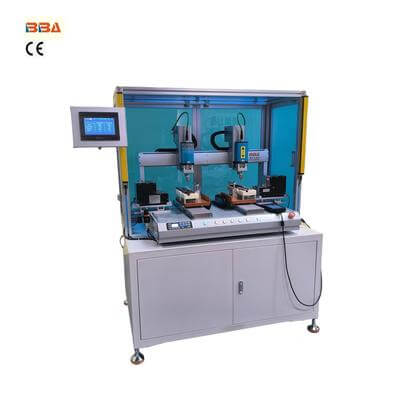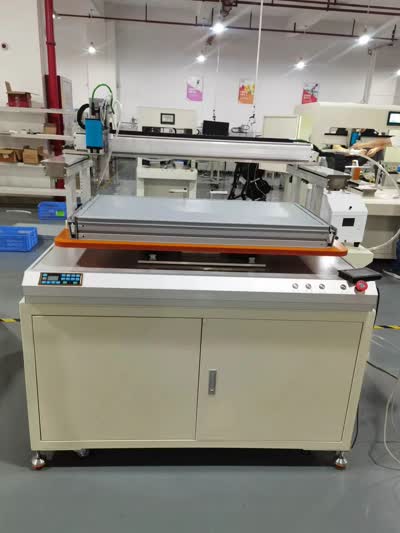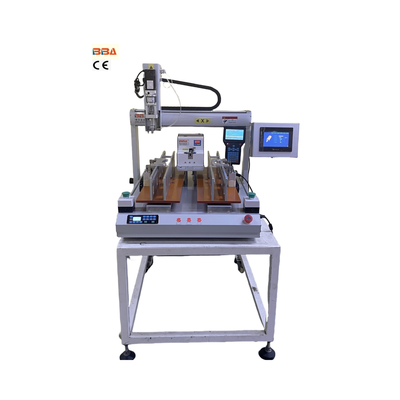Troubleshooting Common Technical Issues in Screw Locking Machines | Auto Screwdriver Guide
Troubleshooting Common Technical Issues in Screw Locking Machines
Screw locking machines are critical components in modern assembly lines, ensuring fast and reliable fastening operations. However, like any sophisticated equipment, they can encounter technical issues that impact productivity and quality. Understanding how to diagnose and resolve these problems is essential for minimizing downtime and maintaining optimal performance. This article explores some of the most common technical challenges operators face and provides practical solutions to address them.
1. Inconsistent Torque Output
One of the most frequent issues with screw locking machines is inconsistent torque output, which can lead to under-tightened or over-tightened fasteners. This problem often stems from variations in air pressure, tool calibration, or component wear. To resolve it, first verify that the air supply is stable and meets the manufacturer’s recommended pressure range. Next, inspect the torque sensor and motor for signs of wear or damage. Regular calibration using a certified torque tester is crucial to ensure accuracy. Additionally, check for loose connections in the drive system and replace worn components such as springs or clutches if necessary.
2. Screw Slippage or Cross-Threading
Screw slippage or cross-threading occurs when the screwdriver bit fails to engage properly with the fastener, resulting in damaged threads or missed fasteners. This issue is often caused by misalignment between the screw and the target hole, worn driver bits, or incorrect feed system settings. To prevent this, ensure the screw feeder and driver are perfectly aligned. Replace worn or damaged bits promptly, as they can reduce grip and cause slippage. Adjust the feed system to provide smooth and consistent screw presentation, and consider using bits with better grip designs or magnetic tips for improved stability.
3. Feed System Jams
Jams in the screw feed system can halt production and require time-consuming manual intervention. Common causes include incorrect screw size or type, debris in the feed mechanism, or worn components. To avoid jams, always use screws that meet the machine’s specifications and ensure they are clean and free of contaminants. Regularly inspect and clean the feed track, hopper, and escapement mechanism. If jams persist, check for worn or damaged parts such as feed belts or guides and replace them as needed. Implementing routine maintenance schedules can significantly reduce the frequency of feed system issues.
4. Electrical and Sensor Failures
Modern screw locking machines rely on sensors and electronic controls for precise operation. Faulty sensors or electrical connections can lead to erratic behavior, error messages, or complete shutdowns. Begin troubleshooting by inspecting all electrical connections for looseness or corrosion. Test sensors such as proximity switches or photoelectric sensors to ensure they are functioning correctly. If the machine has programmable logic controllers (PLCs), review error logs for diagnostic information. In many cases, resetting the system or updating software can resolve minor glitches. For persistent issues, consult the machine’s technical manual or contact support for guidance.
5. Excessive Noise or Vibration
Unusual noise or vibration during operation often indicates mechanical problems, such as misalignment, imbalance, or worn bearings. These issues can accelerate wear and lead to more severe failures if left unaddressed. First, check all mechanical components for proper alignment and tightness. Inspect bearings, gears, and drive belts for signs of wear and replace them if necessary. Ensure the machine is mounted on a stable surface to reduce external vibrations. Regular lubrication of moving parts according to the manufacturer’s recommendations can also help minimize noise and extend the machine’s lifespan.
Conclusion
Proactive maintenance and systematic troubleshooting are key to keeping screw locking machines running efficiently. By understanding common issues such as torque inconsistencies, feed jams, and sensor failures, operators can quickly identify and resolve problems, reducing downtime and maintaining high-quality production standards. Always refer to the manufacturer’s guidelines for specific maintenance procedures and safety precautions. With proper care, these machines will deliver reliable performance and contribute to a smooth and productive assembly process.
| Product Name | Applicable industries |
| Auto Screwdriver Machine | Smart Wearables Production |



